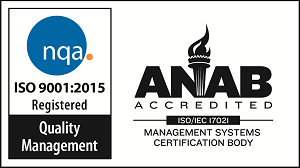Phil Perut

Phil has been working for the SES group since the early 2000’s; he has extensive and valuable technical experience as an electronic engineer and as a project and business unit manager. Phil earned an executive MBA from the University of Tours, France and Chicago, IL in 2011. Prior to joining SESA, Phil spent 10 years working around the world for a large electrical contracting group. He spent most of his time in Asia and the Middle East before moving to the US in 2006 and starting FDS, which eventually became SES America.
Phil enjoys sailing, especially in Newport, RI and he is always ready to discover new countries and cultures. Despite this worldliness, Phil’s favorite hobby now is staying at home and taking care of his family.
Phil can be reached at phil.perut@sesamerica.com and his cell phone number is 401-585-7026.





